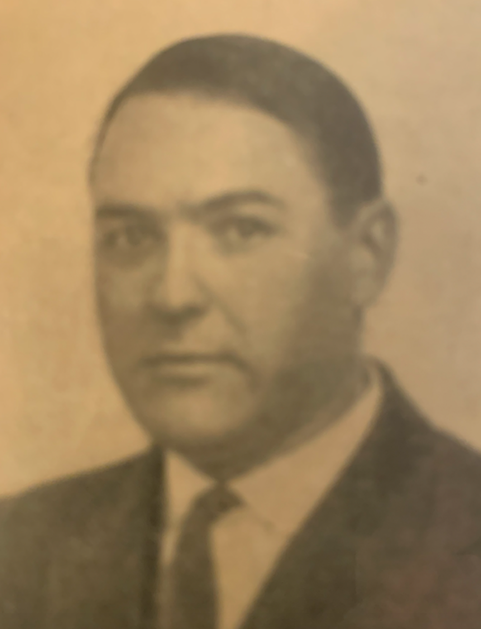In the Zone

It was a morning here at Refuge Farm filled with sunny skies, chaos and emotion. Our Director of Physical Tasks arrived with one of his slim Hispanic assistants, and things around the house began to move. Watching them and occasionally holding the screen door open to permit passage of large items exhausted me. Grace was resolute. The resolution had been made to jointly ensure the inevitable dissolution of my estate is a little easier on those who will have to do it, and in the meantime, clear the second story of my assorted crap.
My folks did their best when it came time to do theirs, and I have boxes filled with unfinished projects and family history that emerged from the back of closets. Dad’s Art History, something he did to achieve his college degree interrupted by war service. Mom’s Hemingway histories from her time as the foremost authority on the great author’s time in the little village on the Bay, Up North. Those are neatly bound and will transfer in some order. There is much more, of course. Funeral materials for my Uncle, who designed the camera systems that transmitted images from the Moon to Earth without benefit of film. Interesting people and interesting times in musty piles and disintegrating boxes.
The year that caught my attention included one more than a century old, featured in an old press clipping from one of the in-house Western Electric papers. The photo above is of my grandfather, James Socotra. It includes a brief outline of what he was up to when Western Electric decided to put the magic of the telephone all over the globe. The year is 1913, and the faded brown typescript reads:
“Mr. Socotra Goes to Panama
James Burr Socotra, of the export sales department at New York, sailed on November 1st for Panama, to make a comprehensive study of telephone conditions in the Canal Zone. Mr. Socotra’s experience in the telephone business is ample qualification for the work of investigation which he has undertaken. After leaving Lehigh University in 1899, he entered the engineering department of the Central District and Printing Telegraph Company and later on became head of the equipment engineering staff. In 1907, he entered the employ of Western Electric Company in the detail design division of the engineering department and was later transferred to method work in the central office inspection division. In June, 1913, Mr. Socotra was transferred to the export sales department.”
Then he left home and family behind, and set off for the Canal Zone. Family lore says he bird-dogged the Canal’s Chief of Design, General Goethals, while at lunch in an elegant building in Panama City. I have visited it myself while there doing other technical things from another century. He reportedly leaned in over the white tablecloth and told him that his semaphore signals used to signal the opening and closing of the gates to the massive locks that raised and lowered ocean-going ships was very colorful.
“But wouldn’t it be easier to simply pick up a phone and be able to communicate directly?” The General nodded and asked him to sit down.
Apparently the concept appealed to the General, and eventually Granddad came home. The Canal opened the next year with the ringing of telephones. I don’t know if the First World War slowed things down for the export sales department, but there are echoes of work in Rio de Janero and some Caribbean islands he accomplished around it. There is even a bizarre film segment that my Uncle Jim saved that shows him coming down a gangway in a pith helmet that I still have in the garage somewhere.
Having seen him in motion, his still picture is not as evocative, but he would only have been in his thirties and he had more adventures all over the hemisphere.
How the centuries fly, you know? Must run in the blood. Or in a box in the garage.
Copyright 2020 Vic Socotra
http://www.vicsocotra.com
